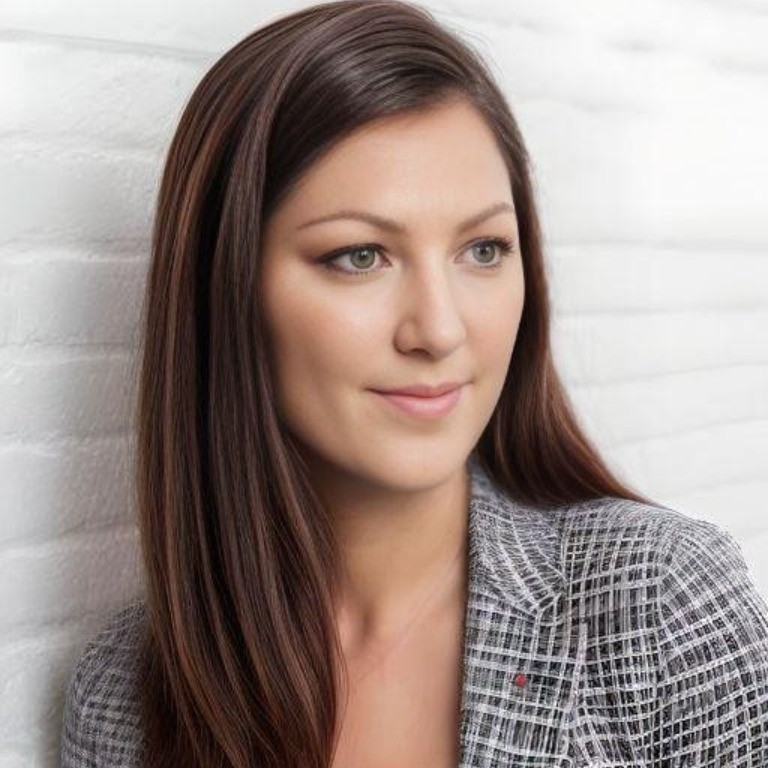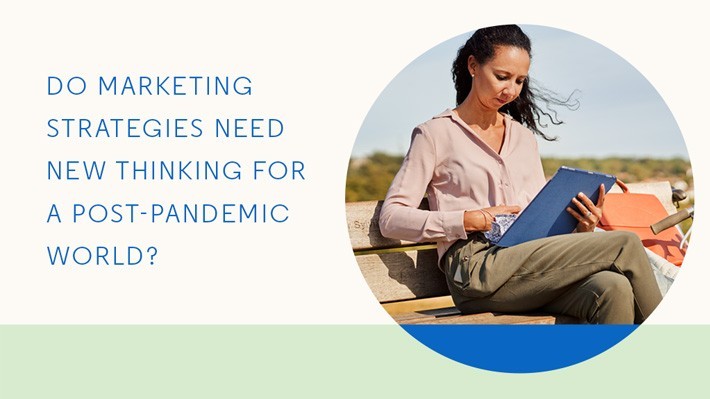Do marketing strategies need new thinking for a post-pandemic world?
When the world changes, how radically should the way we think about marketing and media strategy change in response to it? The balance between tried and tested principles and intriguing new ideas has always been a delicate one for marketers to get right. A quick glance at the writing of Marketing professors like Mark Ritson or Byron Sharp proves that. As a profession, we’ve acquired a reputation as having an eye for emperors’ new clothes. However, there are times when the need for new thinking seems particularly pressing – and this is one of them.
It’s not just that the pandemic has upended habits and behaviour, changed how many buyer journeys play out and shifted the relationship between marketing and sales. Marketers and their agency partners also have to adapt to a landscape that’s changing in other ways. Changes to operating systems and the demise of the cookie potentially compel a new approach to how they define and target their audiences – and where in the marketing funnel they focus their efforts.
The Big Minds Collective is a forum for marketing agency leaders that provides a space for new thinking. LinkedIn created it to help generate and share new ideas, often by bringing in perspectives from outside the marketing profession itself. We’ve heard from architects, academics, economists and more. However, much of the most exciting new thinking comes from the interplay of ideas between agency leaders themselves.
We asked our Big Minds Collective members about the changes to the media landscape that are driving new ideas, which new approaches we should be ready to adopt – and which tried and tested marketing principles apply just as strongly today.
What are the most important changes to the media landscape?
The democratization of information and fragmentation are permanent. They’re here to stay. Clients now understand the implications of this and want solutions that address it; that still allow the brand to shine, not become atomized. Because of this, we need to talk about culture and how brands can help to drive it in a positive way. We also need to focus on how what we do opens up commerce opportunities.”
Chien-Wen Tong
Managing Partner, Head of Client Development, Wavemaker
Every day and more than ever, we are asked to show how media drives growth, through the most optimal operational models, technology and talent. Our solutions need to clearly demonstrate that link. Growth is not just about the bottom line. It’s also about growth in clients’ strategic and operational approach to new market realities.”
Gordana Buccisano
EVP, Global Clients Transformation, Havas Media Group
There have been important changes for good and bad. Almost nothing is ‘either-or’. There are lots of commentators on the good and only a few on the bad, but I think it's best to have a balanced view on what will help grow your clients' businesses. Changes I would cite are: programmatic buying around audiences versus environments, personalization of media, the dominance of video, the working backwards from e-commerce versus brand-in. Overall, change has forced a wider consideration of the entire customer experiencer and the relative roles different channels can play. There’s also the need to avoid splintering the brand across dozens of channels at a time when simplicity is key.”
Neil Godber
Joint Head of Strategy, Wunderman Thompson
The growing availability of data, and the conversation around privacy which is inextricably linked to it. This is at the heart of how our business will evolve, and it will be the reason why many businesses fail in the coming years.”
Thiago Correa
Head of Performance Media, Zenith
Do we need new thinking on strategy – or should we stick to tried and trusted principles?
I think the what will never change, but the how is always evolving.”
Thiago Correa
Head of Performance Media, Zenith
We need to preserve and defend the fort: what we’ve learned over the years by testing and measuring the effectiveness of great marketing campaigns and the value of building brands. However, we can’t afford to stop there. Every day brings a new marketing challenge, demanding new strategies to tackle new market dynamics that are often outside of our control. These include new data, new consumer behaviours, and new cultural and economic market dynamics.”
Gordana Buccisano
EVP, Global Clients Transformation, Havas Media Group
I think it has to be a blend. We need to continue with what we know works but also take new opportunities as they present themselves. With changes like the roll-out of the new iOS there are still a lot of questions in the industry. Nobody really knows what the landscape looks like, so tried and tested may not be possible moving forwards.”
Catherine Chappell
Global Paid Social Strategy Lead, iProspect
We need a return to scrutiny based on tried and trusted principles, by which I mean a return to brand marketing and how to justify spend in it. Because there’s lots of pressure for short term sales, brand spend – which takes longer to prove out – is facing more demands for justification. But at the same time, we know the landscape has changed and that consumers trust brands more than government these days!”
Chien-Wen Tong
Managing Partner, Head of Client Development, Wavemaker
We do not need to blow marketing up. We need to build on existing thinking. One of the benefits of lockdown and home working has been the extra time afforded to reading books, blogs, articles and opinion pieces. We should not forfeit the fundamentals of marketing: penetration, emotion, reach, distinctiveness, instinctive assets, creativity, measurement, all often raised by Ritson. But we should give deep thought to how the changes in channels, data and technology can be used on top of those principles. A good question to ask is: what kind of relationship do we think we can build, in terms of beliefs and behaviours, over the next 18 months.”
Neil Godber
Joint Head of Strategy, Wunderman Thompson
Topics: Content marketing Agency Trends, tips, and best practices
Related articles



